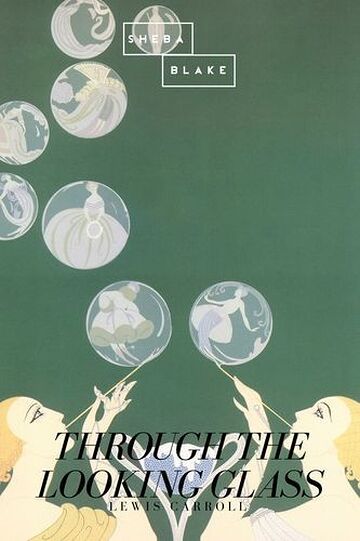- Libro
Digital

Through the Looking-Glass is a novel by Lewis Carroll (Charles Lutwidge Dodgson), and is the sequel to Alice's Adventures in Wonderland. Set some six months later than the earlier book, Alice again enters a fantastical world, this time by climbing through a mirror into the world that she can see beyond it. Through the Looking-Glass includes such celebrated verses as "Jabberwocky" and "The Walrus and the Carpenter", and the episode involving Tweedledum and Tweedledee. The mirror which inspired Carroll remains displayed in Charlton Kings. The characters of Hatta and Haigha (pronounced as the English would have said "hatter" and "hare") make an appearance, and are pictured (by Sir John Tenniel, not by Carroll) to resemble their Wonderland counterparts, the Hatter and the March Hare. However, Alice does not recognise them as such. Dinah, Alice's cat, also makes a return – this time with her two kittens, Kitty (the black one) and Snowdrop (the white one). At the end of the book they are associated with the Red Queen and the White Queen respectively in the looking-glass world. Though she does not appear, Alice's sister is mentioned. In both Alice's Adventures in Wonderland and Through the Looking-Glass, there are puns and quips about two non-existing characters, Nobody and Somebody. Paradoxically, the gnat calls Alice an old friend, though it was never introduced in Alice's Adventures in Wonderland.
-
FormatoEbook
-
EstadoNuevo
-
Isbn9783962170110
-
Peso197.5 KB
-
Número de páginas71
-
Año de edición2017
-
IdiomaInglés
-
FormatoEPUB
-
ProtecciónDRM
-
ReferenciaBKW10428
